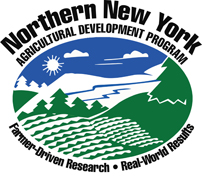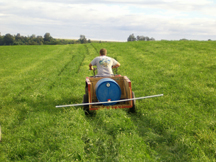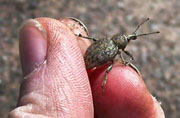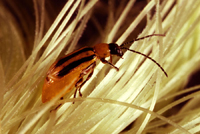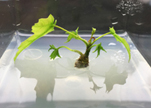
Maple “sweet trees” were featured in an interview with Northern New York maple producer Lawrence Rudd on WWNY TV over this past weekend. The Northern New York Agricultural Development Program funded the first evaluation of the opportunity to clone higher-sugar content “sweet trees” in Northern New York with the long-term goal to produce rooted clones that producers can plant to enhance their sugarmaking operations.
Click here to see the “Maple Producer Plans for Sweeter Future” feature by reporter Patrick Malowski with Lawrence Rudd of Rudd’s Family Maple. The feature noted cloning is being studied by the University of Vermont; following the success of the NNYADP-funded initial cloning trial with trees from the Uihlein Maple Research Forest at Lake Placid, NY, Cornell University is now carrying on that work in New York State.
 The Northern New York Agricultural Development Program (NNYADP) has funded valuable research in support of Northern New York’s maple industry. In 2008 Michael Farrell, then-director of the Uihlein Sugar Maple Research Forest at Lake Placid, N.Y. and a recipient of several NNYADP funding, projected that the maple industry of the NNY had a $10 million annual potential. In a conversation earlier this year, Farrell noted that that mark has been reached and surpassed.
The Northern New York Agricultural Development Program (NNYADP) has funded valuable research in support of Northern New York’s maple industry. In 2008 Michael Farrell, then-director of the Uihlein Sugar Maple Research Forest at Lake Placid, N.Y. and a recipient of several NNYADP funding, projected that the maple industry of the NNY had a $10 million annual potential. In a conversation earlier this year, Farrell noted that that mark has been reached and surpassed.